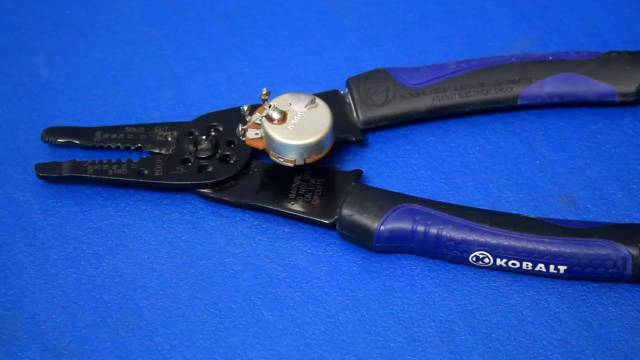Before going into this part, it would be wise to re-visit (or visit) my set-up tutorial where I discuss Intonation, and the equal temperament system of the guitar, as opposed to true temperament. You can find that part of the tutorial HERE.
Then, you will also note in the video how I compare the 1/5 division of the D-string producing the harmonic major third (which is in perfect pitch in relation to the root) with the equal temperament major third on our guitars. You will see that our fretted major thirds will ALWAYS be a few cents to sharp (that goes for any major third interval anywhere on the neck). This is due to the compromise which is the guitar neck. It has been built around the perfect intervals of the octave, the perfect fourth and fifth. The major third has been forced to be overly compromised. A true temperament neck will remedy this, since that major third will be in perfect unison with the harmonic major third.
So, should you need to complement a chord with a harmonic, choose the ones that are in unison with the fretted notes, or you will experience some serious dissonances.
Oh, and I apologize if I have now made you shudder every time you play that major third, now that you have opened your ears to how a true major third should sound. :)































